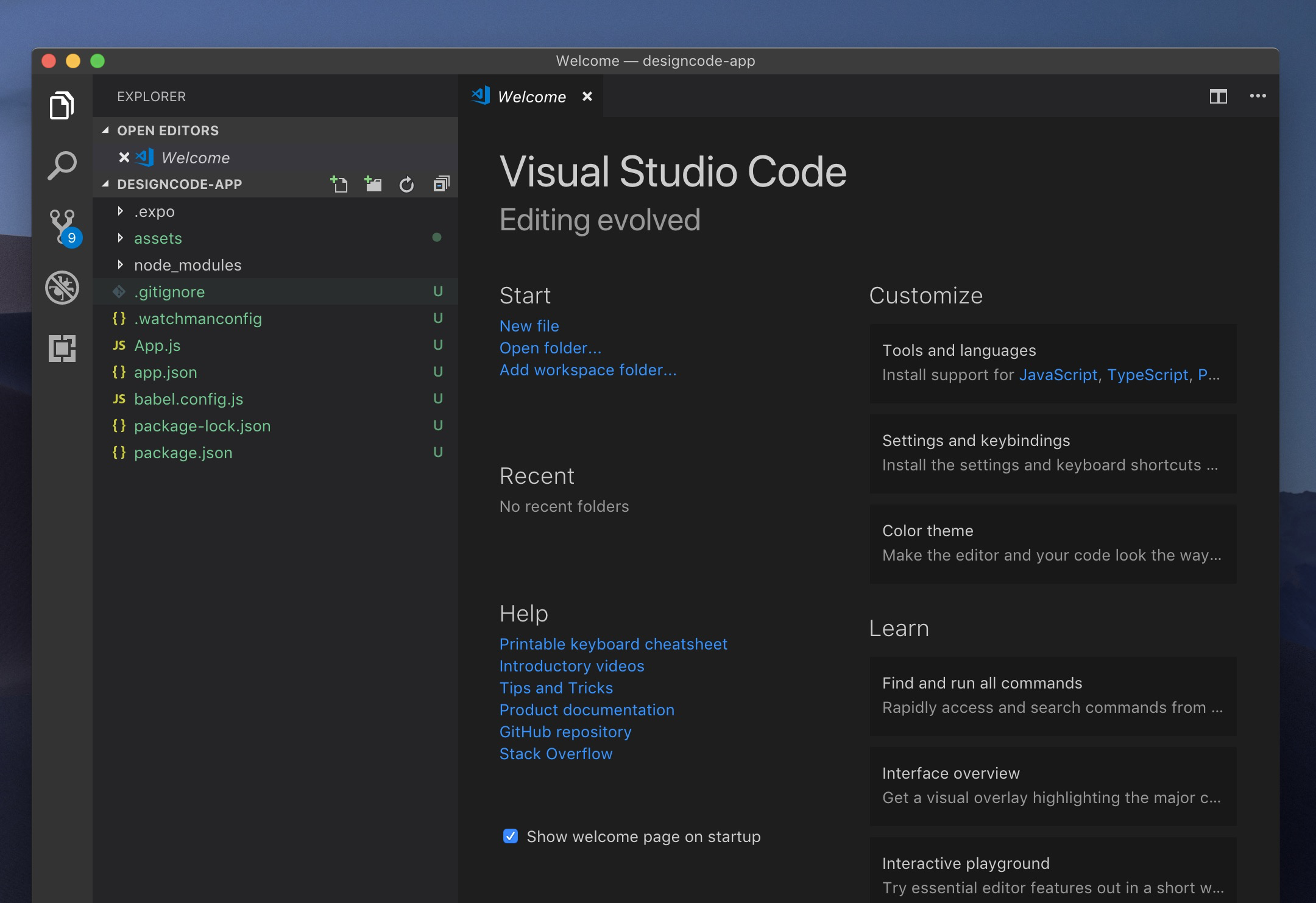

In short, knowing your percentage of code coverage, and what it means, can help you write better tests for your apps, which leads to building better apps. Codecov works in tandem with your continuous integration (CI) system to analyze every commit, so you get insight into how your tests are performing right in your own workflow. Reporting tools like Codecov can take your code coverage report and turn it into meaningful data, like how pull requests will affect code coverage.

But I don’t think this is a unique problem, and figured it was worth sharing to save other people some time.You know testing your code is important-but how effective are your tests? How many lines of code does it address, and does it touch enough of the subroutines? Code coverage is the measurement of how much of your source code a test covers, and understanding it can go a long way toward being confident in your test results. I really like this way of onboarding new teammates, and then there’s no ambiguity over silly issues like formatting, or PRs getting told off by Danger.įor those with mad bash chops this is quite a simple script. Now when a new engineer joins the company they can run a single bash script to get up and running in seconds.


 0 kommentar(er)
0 kommentar(er)
